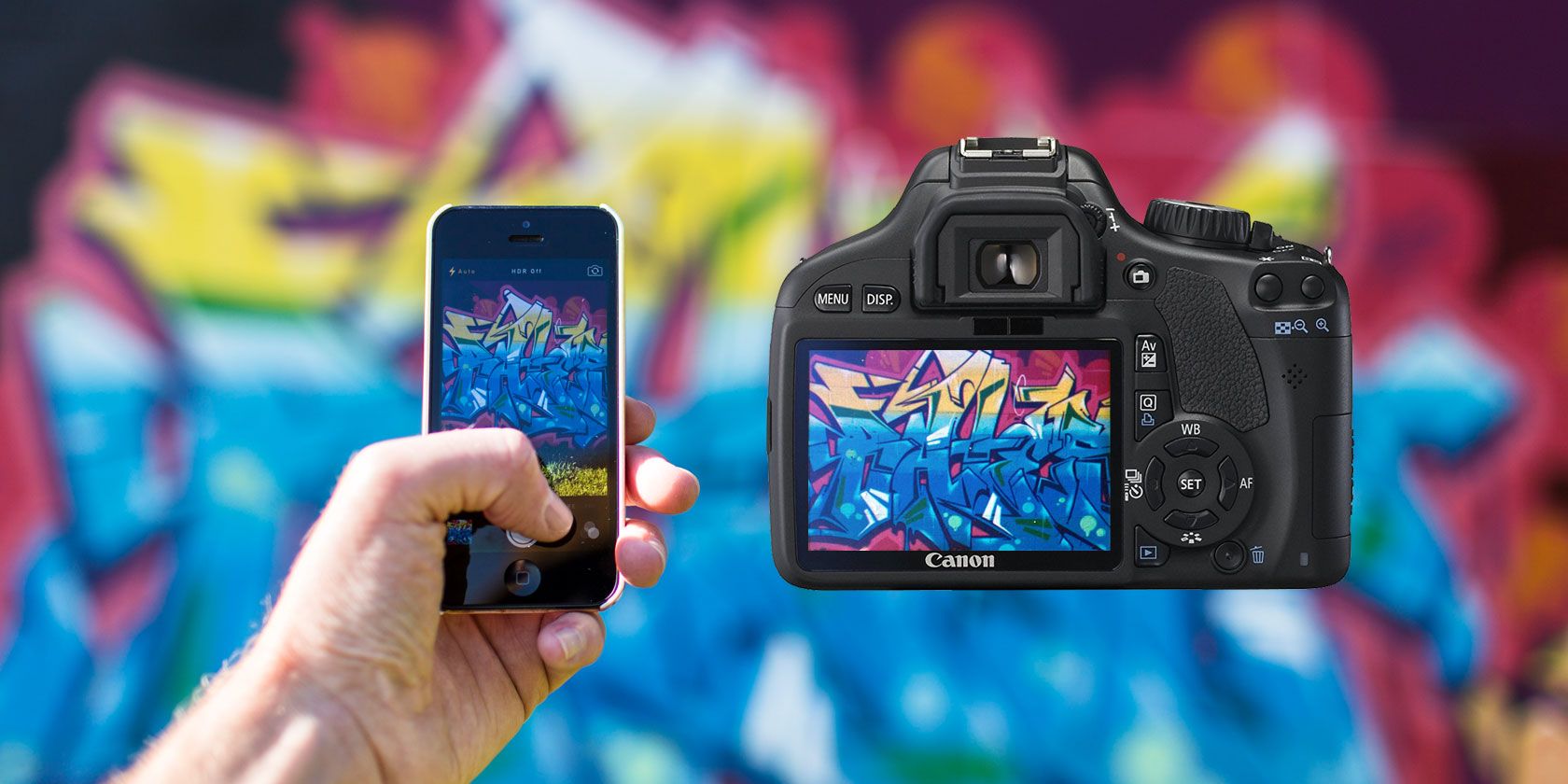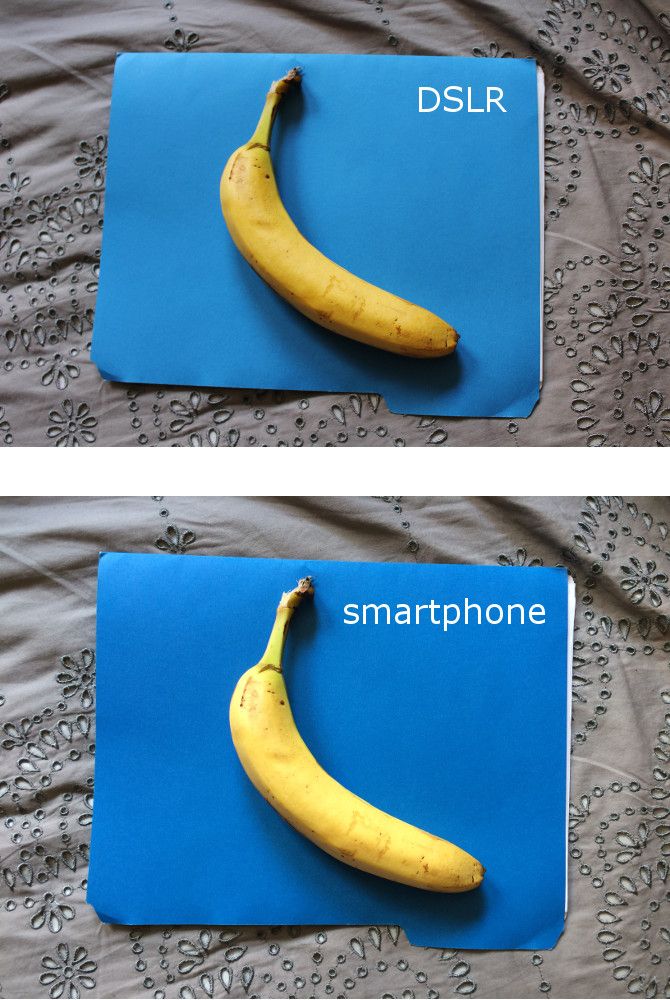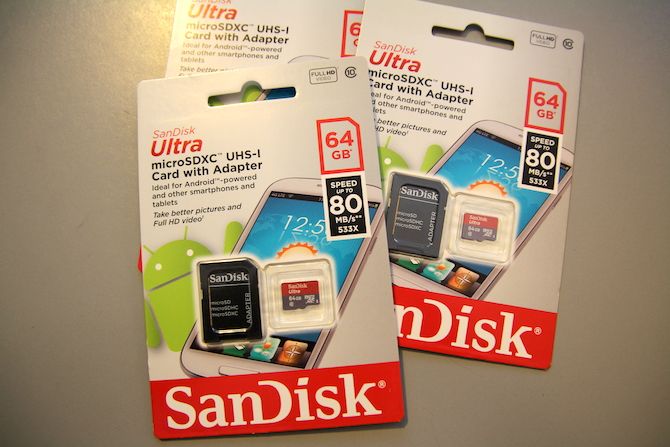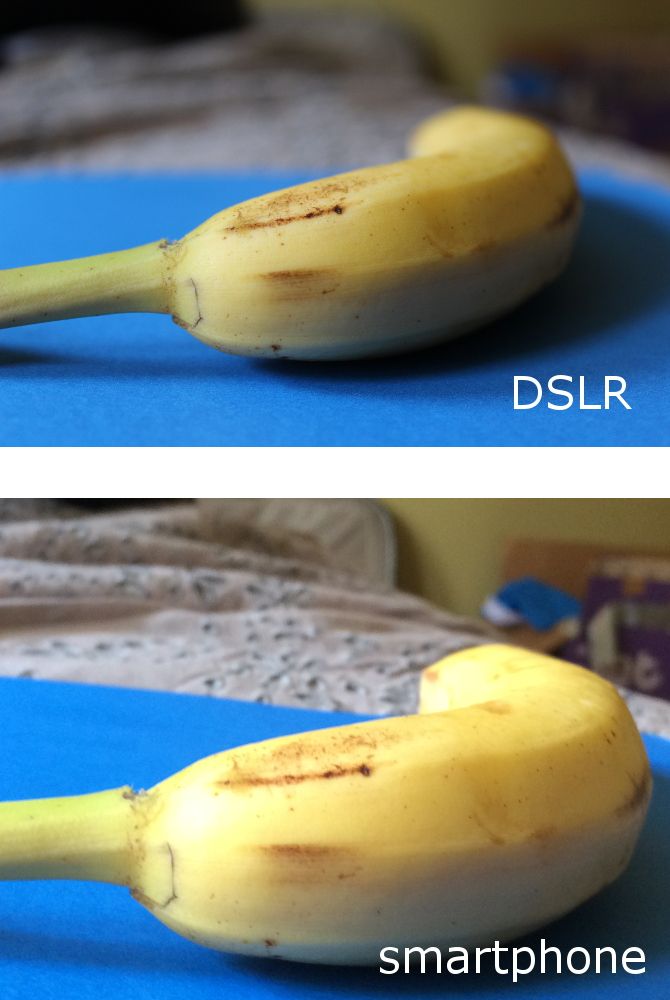Nothing beats the convenience of a smartphone camera. Chances are it's in your pocket already, so it's easy to whip it out and snap a quick photo whenever the mood strikes you.
That being said, a DSLR offers significantly more functionality. If you want to take your photography to the next level, there's really no comparison between a smartphone camera vs. DSLR.
Hobbyists can get away with using a smartphone camera and still get good results. However, there comes a time when the limitations of a smartphone camera become readily apparent. That's when it's time to invest in a DSLR.
DSLR vs. Smartphone Camera: Picture Quality
It doesn't have to be about the megapixels. In fact, much of what determines how your photo comes out will have to do with both the hardware of the camera and lens, as well as the color science pulling it all together.
If you're investing in a DSLR, you would hope that its image quality is significantly better than your smartphone's. There are many variables at play here, but here is a fairly simplistic comparison.
Below, we have a smartphone vs. DSLR comparison.
The resolution on the unedited photo taken with the DSLR was 5184 x 3456 (of course, there are other options available), while the iPhone output an image at 3264 x 2448. The DSLR captured more of the range of color on the banana, while the smartphone image is more washed out. Again, it's worth noting that different smartphones have different capabilities.
While the DSLR photo is a little out of focus, the dividing line between the blue of the background and the yellow of the banana is quite sharp. Meanwhile, there's a jagged edge of pixels when the smartphone photo is blown up. DSLRs come equipped with more sophisticated anti-aliasing natively. It's all about interpreting your subject and the conditions that characterize it.
Smartphone cameras have come a long way, but a DSLR is built for the job. Even on default settings, it'll produce better colors and more detail. However, your freedom to tweak settings and produce photos that meet your exacting demands is a much greater asset.
DSLR vs. Smartphone Camera: Storage
All kinds of things vie for control over your smartphone's storage: apps, podcasts, music, and so on. Unless you opted for a high-capacity model, you're going to run out of space quickly if you try to use it as your primary camera, too.
On the other hand, your DSLR is going to specialize in photo and video alone. What's more, most use SD cards, and they're cheap and readily available. Shooting in high resolution, especially when it comes to video, takes up a fair amount of space. That said, it's easy to equip yourself with enough SD cards to cater to your needs.
Storage is a greater consideration for iOS devotees, as many Android devices offer expandable storage, while the iPhone does not. If you own an iPhone with a small amount of storage, and you take a lot of photographs, the battle between your phone's camera vs. a DSLR will have already been won.
DSLR vs. Smartphone Camera: Flexibility
Most smartphone camera apps are broadly similar to the auto function on a DSLR: good in most normal situations, at the cost of some close control. If you spend some time getting to know your DSLR, you'll be able to produce any kind of photograph you want. However, there's also simpler stuff that you can do with a decent camera that's much more difficult to achieve on your phone.
DSLRs offer more control over focus, which lends itself to some cool techniques. It's easy to manipulate depth of field, for example:
Using a DLSR makes it easy to isolate a particular part of the scene. By zooming in and focusing on something close by, I made the background blurry to direct the viewer's attention to my subject. Using a standard smartphone focus just doesn't offer the same capacity: the background blurred a little, but it's nowhere near as effective.
The only limits on your freedom to compose your shots and capture different tones with a DSLR are your imagination and your surroundings. When you start introducing specialized lenses into the mix, it's a real blank canvas.
DSLR vs. Smartphone Camera: Cost
Here is the kicker for most people. You probably already have a smartphone. A DSLR requires a certain amount of financial investment, but not all cameras will break the bank.
If this is your first time buying a professional-grade camera, you're probably not going to want to spend thousands of dollars. $400 to $500 will likely be enough to get you an entry-level DSLR from a good brand like Nikon or Canon, perhaps even with a lens or two.
Since this is a serious piece of equipment, it's wise to get a protective bag to prevent any accidents. You'll also want to factor in a couple of high-capacity SD cards into your budget, as well as any essential photography gear that you may need.
All in all, $500 is the minimum you'll need to spend, unless you look into buying a used camera. There are definite advantages to having a DSLR in terms of general image quality, the convenience of having a dedicated device, and its flexibility. However, you'll need to decide whether those benefits are worth the money.
DSLR Camera vs. Mobile Camera: The Verdict?
Do you feel like your smartphone camera is restricting you? Until you do, don't feel forced to make the upgrade.
A DSLR is fun and useful, but it's not the only way to engage in photography as a hobby. In fact, there are some very talented photographers using only their iPhone cameras to take pictures. Plus, with every upgrade, smartphone cameras are getting lots of new features.
In the end, it's all about how you take pictures, not necessarily what you take pictures with. A great artist will capture something brilliant no matter what he or she is looking through.





